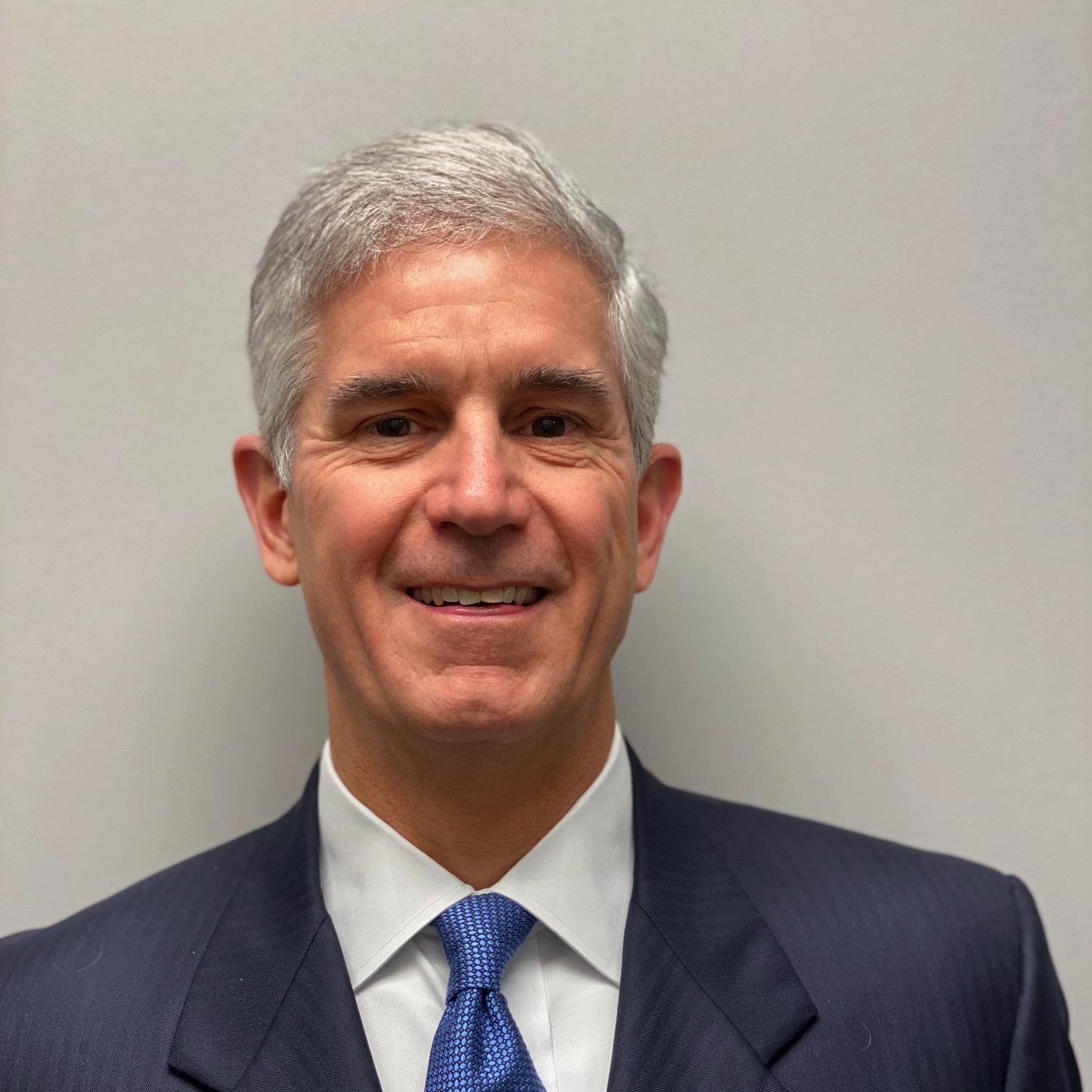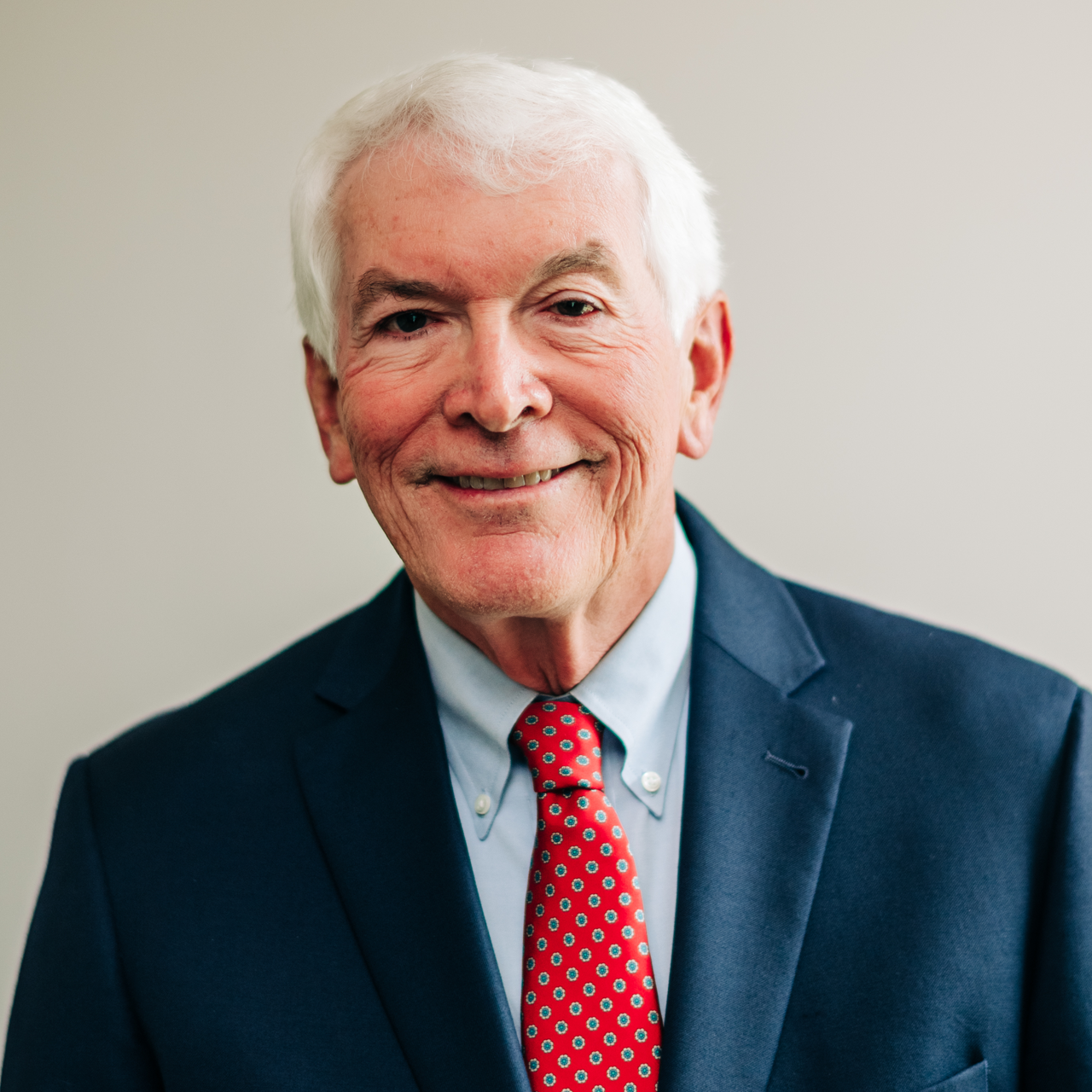- What Will the New American Revolution of Limiting the Power of the Regulatory State Mean for Businesses?
- What Will the New American Revolution of Limiting the Power of the Regulatory State Mean for Businesses?
- The Copyright Office Issues Its Long-Awaited Report on AI Training Material and Fair Use. Will It Stymie the U.S. AI Industry?
- What Risk Does Your Business Face for Creating Social Media Posts in the Studio Ghibli Style?
- Going From March Madness to Trademarks Madness
Latest Blog Posts
How College Athletes Will Get Paid, Starting This Year
How college athletes will get paid is coming into focus. The Supreme Court just took a case that could expand what colleges provide to athletes. Meanwhile, the NCAA plans to issue rules in early 2021 on how athletes can earn money using their names, images, and likenesses (“NIL”).
The Supreme Court will consider whether antitrust law requires the NCAA and college athletic conferences to impose no limit on what colleges can pay athletes for education-related expenses. This includes things such as the cost of science equipment, computers, and musical instruments.
Could the ruling launch an arms race as to which colleges provide the fanciest laptops and gaming-optimized computers? Could colleges provide valuable scientific or musical instruments, which athletes might be able to sell for big dollars? Would this become a backdoor way of paying athletes?
The bigger development will be athletes earning NIL money, principally through endorsing products and services on social media.
Colleges are already using technology from companies such as Opendorse and INFLCR (pronounced “Influencer”) to facilitate that action. Those companies each provide technology to their client colleges, which technology feeds material to the phones of their athletes through an app for the athlete to one-touch post on social media, such as Instagram and Twitter.
While college athletes can’t yet monetize their social-media activity, they can build their follower counts and levels of post engagement (e.g., likes, comments, shares). Such building is critical because the money athletes earn from social-media endorsements will depend upon follower count and engagement.
Opendorse claims it works with over 100 colleges and, by doing so, over 18,000 student-athletes.
INFLCR says its clients include about 90 Division 1 colleges and over 30,000 athletes.
INFLCR’s clients include Virginia Tech, UNC, Georgetown, and West Virginia University. Opendorse did not list its mid-Atlantic clients, but its website touts Clemson. U.Va. and Virginia Tech each declined to tell me what it is doing regarding NIL for its athletes.
INFLCR claims its systems have processed 500,000 posts by college athletes producing over 50 million views. It claims using its service on average increases follower count by 34 percent per year and increases post engagement 50 percent per year.
Opendorse believes every college in the Power Five conferences (ACC, Big Ten, Big Twelve, SEC, and PAC-12) works with a tech vendor on this issue. It also believes nearly all colleges that play FBS football but are not in the Power Five do so, as do prominent programs that don’t play FBS football, such as Big East schools.
Colleges already are providing classes to their athletes on how to prepare to earn NIL money through social media. In meetings with prospects, such as high schoolers and potential transfers, colleges are touting how they can boost that athlete’s social-media game and pave the way for the athlete to earn NIL money.
INFLCR also has an exclusive partnership with Cameo, which is an app through which an athlete or other celebrity can get paid to record a short video message for a specific person, such as a birthday greeting. That will become available to college athletes once NIL rules are issued.
The next step is monetizing a college athlete’s social-media presence. Both Opendorse and INFLCR claim to be working on technology and app improvements that will gather and present social-media endorsement opportunities to college athletes. Whether and how that happens depends upon the language of the coming NCAA rules and then making certain such functionality complies with various recently enacted state laws on college-athlete NIL rights and possible federal legislation on the issue.
ESPN made projections of how much college athletes might earn per year on social media. It projected that, if a star athlete has roughly 500,000 followers on Instagram and Twitter, that athlete might earn more than $10,000 per post and total income in the range of $500,000-$1 million per year. For a non-star basketball or football player, if that person has 25,000 followers, he or she might earn $600 per post and, overall, $5000-$25,000 per year. For a college Olympic-sport athlete, such as a star swimmer or female gymnast, ESPN pegged the earning range at $10,000-$500,000 per year.
Brace yourself. It’s going to be a brave new world of college athlete earning opportunities.
Written on December 22, 2020
by John B. Farmer
© 2020 Leading-Edge Law Group, PLC. All rights reserved.



